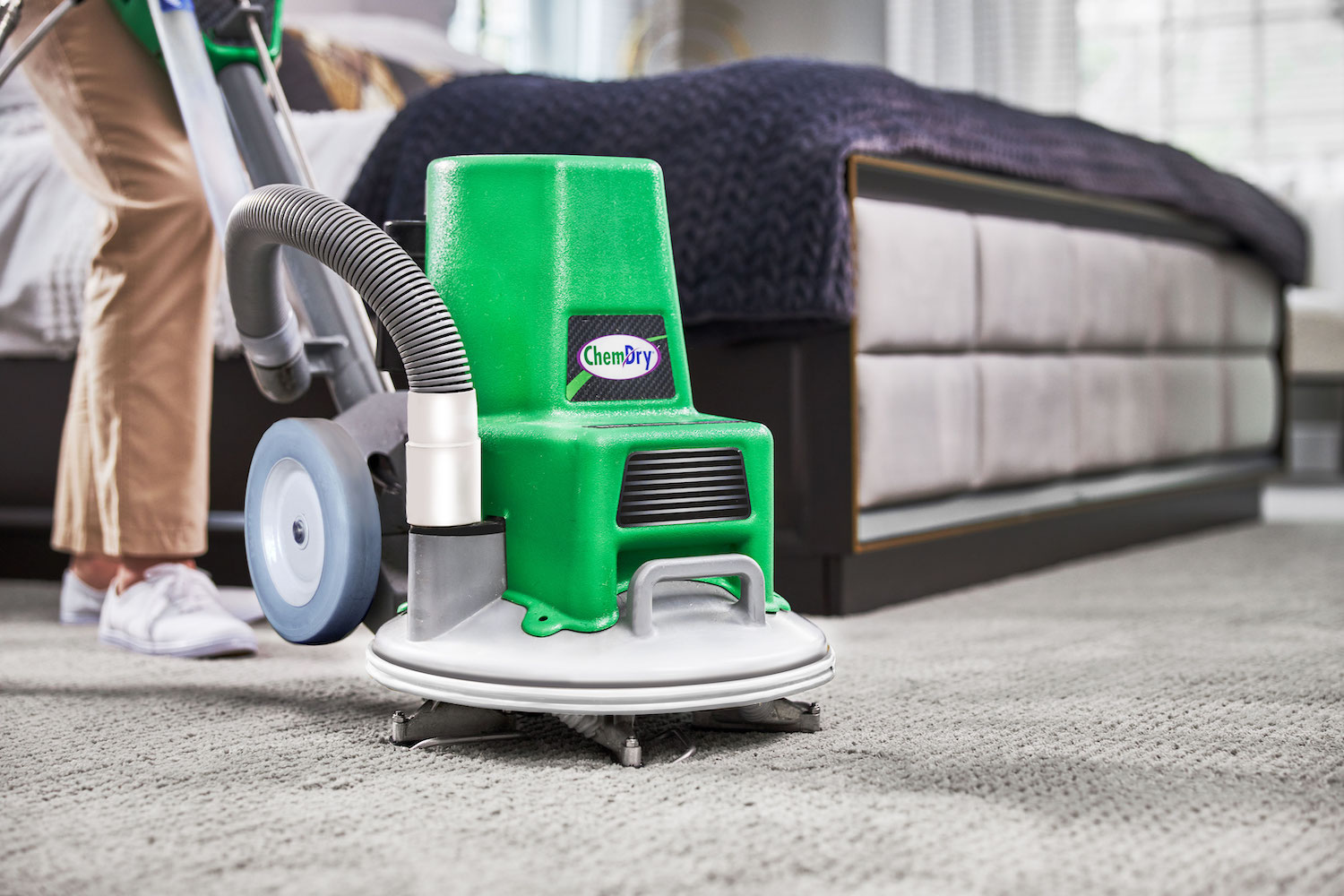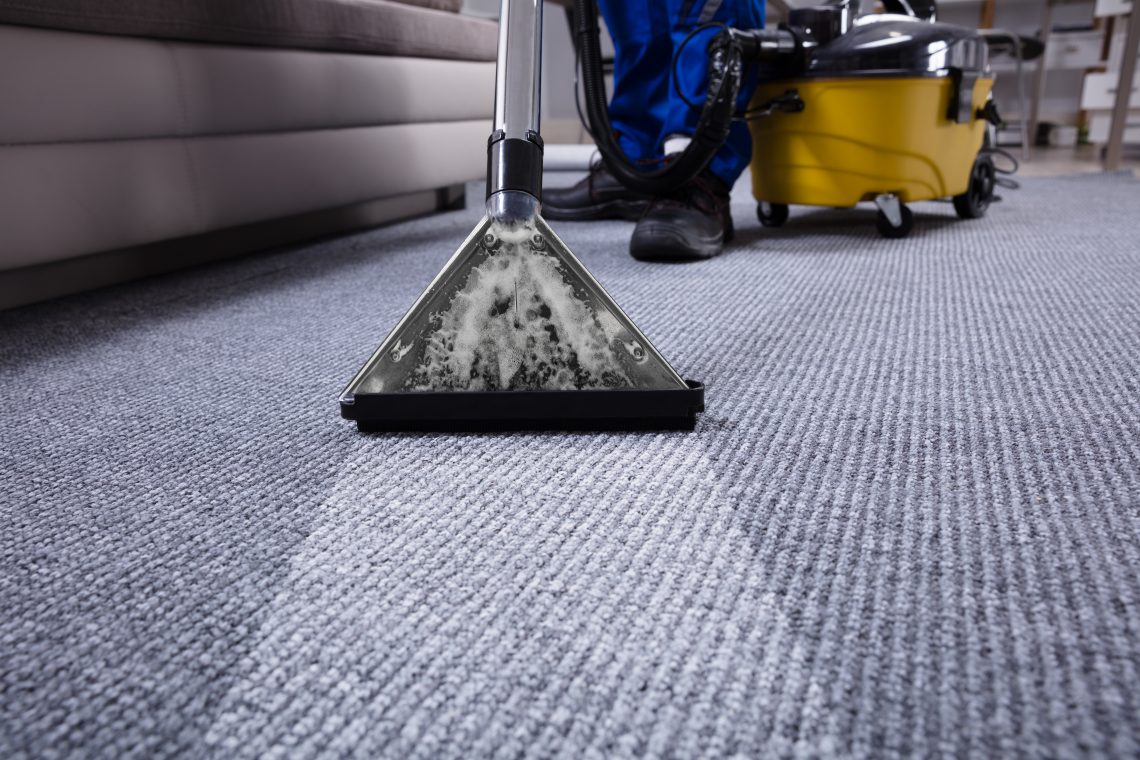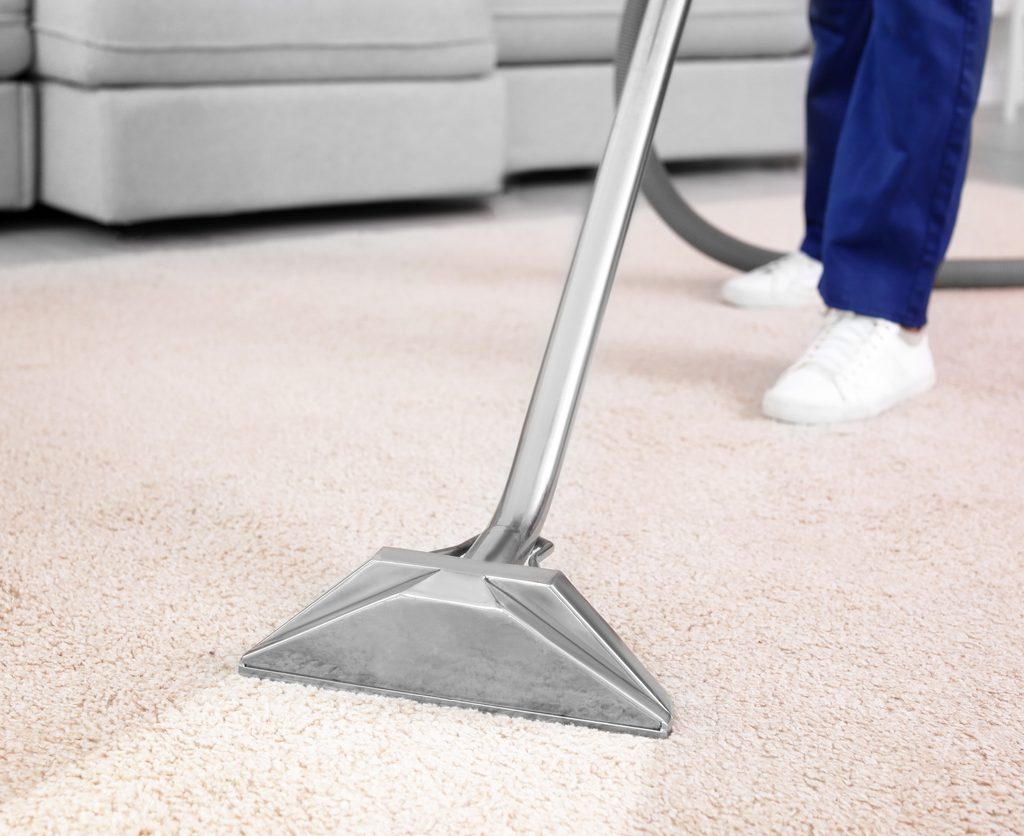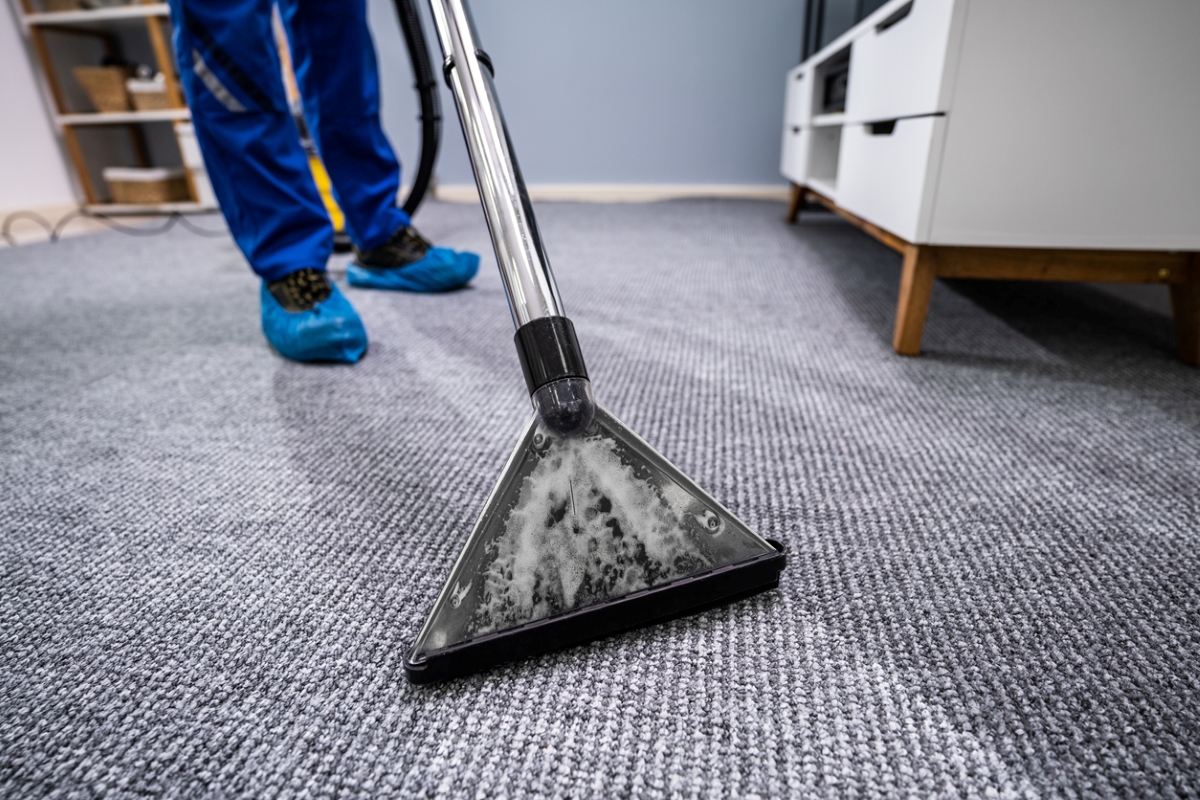When it comes to cleaning carpets, drying them properly is just as important as the cleaning process itself. Proper drying not only prevents mold and mildew growth but also ensures that your carpets remain in optimal condition for longer. In this comprehensive guide, we’ll explore various quick and effective methods to dry carpets after cleaning, helping you maintain a clean and healthy indoor environment.
1. Using Fans to Accelerate Drying
One of the most efficient methods to dry carpets quickly is by using fans. Positioning high-velocity fans strategically around the cleaned area can help circulate air and expedite the drying process. Place fans near windows or doors to draw in fresh air from outside, and aim them towards the damp carpet to facilitate evaporation. For best results, leave the fans running for several hours until the carpet is completely dry.

2. Employing Dehumidifiers for Moisture Removal
Dehumidifiers are another invaluable tool for drying carpets after cleaning, especially in humid climates or during rainy seasons. These devices work by extracting excess moisture from the air, helping carpets dry faster and reducing the risk of mold growth. Place a dehumidifier in the freshly cleaned room and let it run continuously until the carpet is thoroughly dry. Remember to empty the water reservoir regularly to ensure optimal performance.
3. Opening Windows and Doors for Natural Ventilation
Harnessing the power of natural ventilation is a cost-effective and eco-friendly way to dry carpets after cleaning. Open windows and doors to allow fresh air to circulate freely throughout the room, facilitating evaporation and speeding up the drying process. If possible, create cross-ventilation by opening windows on opposite sides of the room to maximize airflow. This method is particularly effective on sunny days with low humidity.

4. Using Absorbent Materials to Soak Up Moisture
For small spills or localized wet spots on carpets, using absorbent materials can help soak up excess moisture and accelerate drying. Place clean towels, paper towels, or absorbent cloths over the damp area and press down firmly to absorb as much water as possible. Replace the saturated materials with dry ones and repeat the process until no more moisture is being absorbed. This method is ideal for spot cleaning and addressing minor spills quickly.
5. Applying Baking Soda to Absorb Odors and Moisture
Baking soda is not only a powerful odor neutralizer but also an effective moisture absorber, making it a handy ally in the carpet drying process. Sprinkle a generous amount of baking soda over the damp carpet and let it sit for several hours or overnight. The baking soda will help absorb excess moisture and eliminate any lingering odors, leaving your carpets fresh and dry. Vacuum the carpet thoroughly to remove the baking soda residue once it’s dry.

6. Utilizing Carpet Dryers for Intensive Drying
For larger areas or heavily saturated carpets, professional-grade carpet dryers can provide intensive drying power to expedite the process. These specialized machines use powerful motors and high-speed airflow to remove moisture quickly and efficiently. Simply position the carpet dryer at a low angle and direct the airflow across the surface of the carpet, moving it back and forth until the entire area is dry. Carpet dryers are available for rent at most home improvement stores or can be hired from professional cleaning services.
7. Applying Towels and Weighted Objects for Compression Drying
Compression drying is a technique that involves using heavy objects to press down on damp carpets, squeezing out excess moisture and promoting faster drying. Lay clean towels or absorbent cloths over the damp area and place heavy objects such as books, furniture, or weighted crates on top. Allow the weighted objects to remain in place for several hours, periodically replacing the saturated towels with dry ones as needed. This method helps flatten the carpet fibers and encourages evaporation, resulting in quicker drying times.
8. Using Air Movers to Enhance Airflow
Air movers, also known as carpet blowers or air circulators, are powerful tools designed to enhance airflow and accelerate drying in carpeted areas. These machines work by directing a focused stream of air across the surface of the carpet, effectively evaporating moisture and promoting faster drying. Position the air mover at a low angle and adjust the airflow direction as needed to cover the entire carpeted area. For best results, combine air movers with fans or dehumidifiers to maximize drying efficiency.

9. Patience and Persistence: Key to Successful Drying
In the quest for dry carpets, patience and persistence are your greatest allies. While it’s tempting to rush the drying process, especially in busy households, allowing sufficient time for carpets to dry thoroughly is paramount. Remember that rushing could result in lingering moisture, which can lead to mold growth and unpleasant odors.
10. Monitoring Progress for Optimal Results
Regularly check the progress of the drying process to ensure that carpets are drying evenly and effectively. Use a moisture meter or simply touch the carpet surface to gauge moisture levels. Pay special attention to areas with heavy foot traffic or where spills occurred, as these areas may take longer to dry.
11. Addressing Lingering Odors with Natural Remedies
If you notice lingering odors after drying your carpets, don’t fret. Natural remedies such as white vinegar or citrus-based cleaners can help neutralize odors without harsh chemicals. Simply dilute the vinegar with water and mist it lightly over the carpet, allowing it to air dry. Alternatively, sprinkle baking soda liberally over the carpet and let it sit overnight before vacuuming it up the next day.

12. Preventing Future Moisture Issues with Routine Maintenance
To prevent future moisture issues and prolong the life of your carpets, establish a routine maintenance schedule. Vacuum carpets regularly to remove dirt, dust, and debris that can trap moisture and promote mold growth. Additionally, consider investing in a carpet protector spray to create a barrier against spills and stains, making cleaning and drying easier in the future.
Conclusion
Drying carpets after cleaning is a crucial step in maintaining a clean and healthy indoor environment. By employing the quick and effective methods outlined in this guide, you can ensure that your carpets dry thoroughly and quickly, reducing the risk of mold, mildew, and odors. Whether you choose to use fans, dehumidifiers, natural ventilation, or specialized drying equipment, proper drying techniques are essential for preserving the appearance and longevity of your carpets. With the right approach, you can enjoy clean, dry carpets in no time, ready to be enjoyed by family and guests alike.
